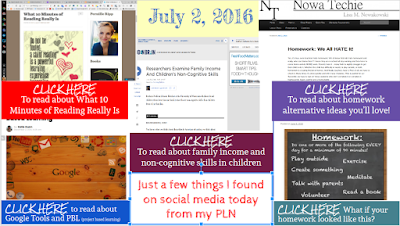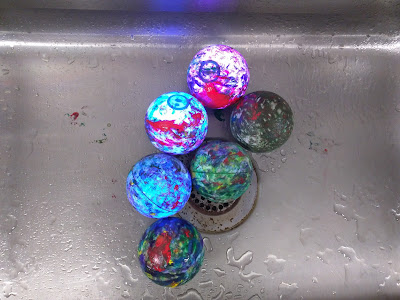This week, I created a Multi-Media Text Set (MMTS) on Hour of Code as a reference sheet for my teachers and their students. CLICK HERE
NOTE: I'm still adding to the MMTS
My Goal in creating this resource is to make it easy for teachers to try Hour of Code and have an easy reference to share with students. This document gives one click options for trying Hour of Code and/or Coding with K - 8 students.
NOTE: I'm still adding to the MMTS
Here are some tidbits I have learned by providing coaching for teachers and students for Hour of Code the last 2 years:
- I love using the Code.org Courses especially to start with the younger students because it gives them experience navigating the technology - we use chromebooks.
- The courses have up to 20 stages of learning that allow for continued coding throughout the school year.
- When students login using their Google Suite for Education accounts, their progress is tracked and they can start exactly where they left off from previous sessions.
- For K-2 I like starting with Course 1 before working on an Hour of Code activity as mentioned in the MMTS
- For 3 - 5 I like starting with Hour of Code and then going to Course 2
- Because many of the district students participated in Hour of Code last year, I am having the 4th and 5th grade students do the Star Wars JavaScript Hour of Code activity.
- My preference is no headphones because I love watching the collaboration between the students even when they have their own device - but it is always STUDENT preference as to whether or not they wear their headphones.
This is process that I use as an instructional coach to introduce and support my teachers and students with the Hour of Code.





